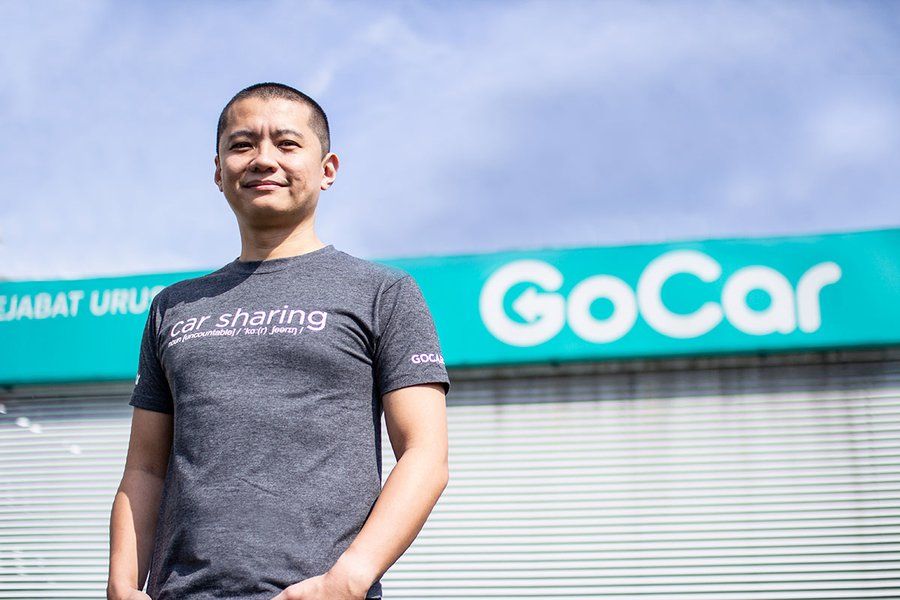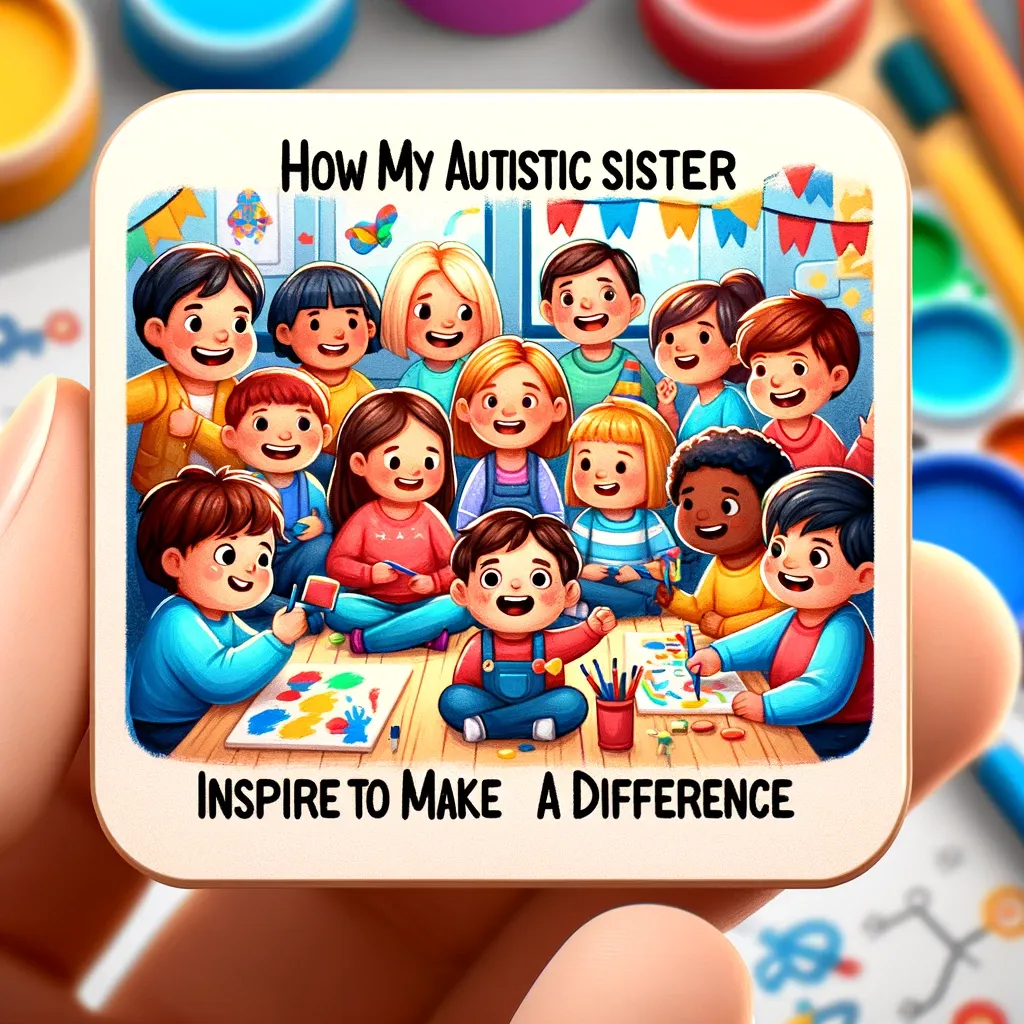Eight Ways to Unlock the Power of Community

A common goal, shared experiences and a sense of camaraderie breaks down walls and fosters collaboration.
Strong communities enable emotional support and access to the resources and networks of other community members. Exchange of knowledge and skills leads to personal and professional development, friendships and the potential to collaborate with others to generate meaningful impact.
As a community manager at the World Economic Forum, I have worked with communities of young and socially-oriented leaders across East Asia, the Middle East, South Asia, and Africa. In spite of cultural differences, the value of having strong communities is universal.
Managers and leaders of communities can build and create strong groups capable of tackling difficult challenges. But success rests as much on how the communities are built as much as it does on bringing people together in the first place. In my work as a community manager I have identified what I consider some crucial ingredients for fostering interaction and uncovering new resources and solutions.
These topics regarding community may interest you :
1. Common values and shared purpose
Good communities share a common purpose. Whether it is something serious, like tackling a global issue, or something lighter, like exercising to get into better shape, strong communities thrive when members have a shared objective or goal. In addition, their members share common values. Values need to be articulated and widely understood; they also need to be reinforced and embedded into culture. Values and purpose can be forged through co-creation, through inspiring people to accept them, or through having the right recruitment/selection processes in place to accept new members into a community based on fit with already articulated values and purpose.
2. Create rituals
One technique to embed values and build culture is through shared rituals that help to reinforce them. At an event with South African Young Global Leaders in Johannesburg, we developed a ritual which consisted of each new member of the community being given an animal figurine that they had to take to every elder member of the community. Each elder member of the community was asked to share with the newcomer something that they thought he or she would contribute to the community and then sign their name on the animal figurine. Through this ritual, the figurine thus became a vessel for the expectations and values of the community. Ever since, we’ve seen a strong sense of cohesion within this community with members attending more events. This is consistent with research that shows rituals can fill people with confidence and help them overcome challenging situations.
3. Use storytelling to reinforce culture
One of the most powerful ways to fulfil a community’s purpose is to embed a culture in it. But to do that, one needs an equally intangible but effective tool: storytelling. Through celebrating examples of how other people embody the values, behaviours, and attributes that you are trying to cultivate, it helps convey a more concrete example of how lofty or abstract words manifest themselves through recognisable actions.
At our Young Global Leaders event in South Africa, we shared the community’s four values of authenticity, respect, generosity, and impact. We then asked each member of the group to tell a story about someone else in the group and how they embodied any one of the four values. This helped to make the values real and also reinforced that the community is about others, as people were not talking about themselves. The community members took this forward. We saw increasing instances of people celebrating each other’s successes and asking their network for help via the YGL messaging app after this event.
4. Enable connectedness
Communities with higher levels of connectedness are better positioned for members to provide mutual value to each other and to yield more collaboration. We also designed an event in China where participants switched tables between their appetizers and main course to foster meeting of more people. Such techniques can be weaved into various session designs to make sure that people meet as many other community members as possible to increase connectedness. Some examples of the collaborations that emerged in this case were connections to help expand a YGL's work in another country, connections to someone who could advise on a YGL's work on humanitarian response.
5. Facilitate the building of trust
It’s not enough for community members to know each other. They also have to trust each other. Without trust, the awareness of opportunities for collaboration and mutual support will never be acted upon. In the Young Global Leaders: Global Leadership and Public Policy for the 21st Century Programme, a series of small group question sessions are held to get the participants to share personal fears, accomplishments and transformative experiences with each other to bind them together.
6. Maximise interactions
In addition to trust and connectivity, the frequency of interactions between members of a community is also crucial. The more frequent the contact, the better. Interactions needn’t always be in-person. I have created regional messaging groups for my communities in the Middle East/North Africa, South Asia, and ASEAN. In these groups, I have witnessed participants asking for help on water projects in India, seeking connections to people in other networks, or celebrating each other’s successes.
7. Instil identity through branding
Brands give people a common symbol or name which binds them together and becomes a vessel for a common identity. When I took over the South Asian Young Global Leaders portfolio, the Indian and Pakistani YGLs had just done a cross-border trip to each other’s countries. That trip was called the South Asia Bridge Initiative (SABI). Since that event, SABI has evolved into an annual tradition where our YGLs from across the region get together in one of the countries in the region every year to deepen their bonds with each other and explore avenues for collaboration. Over time, I have seen a shift in the way that people talk about SABI. The term “SABI” is increasingly spoken of as if it is a brand itself that represents the community of YGLs in South Asia. People refer to it with pride, and it has been a part of the development of a South Asian regional identity in the YGL community.
8. Create and encourage shared experiences
Often, the most challenging or difficult experiences to get through are the most powerful at binding people together. At the World Economic Forum, the Young Global Leaders take part in the annual Engadin Ski Marathon in eastern Switzerland. 3 days before the day of the race, YGLs from all over the world come to train for the marathon before actually doing it. Many of those that come have never skied before, and so people are falling down in the snow together, helping each other perfect their technique, and going through the same experience and challenges together. When Engadin Ski Marathon “alumni” meet months or years after the event, there is an immediate sense of camaraderie that is rekindled when those shared memories are invoked.
Community building can seem to be a soft and abstract concept, but at its core, leaders have a variety of practical tools and techniques open to them to build and strengthen the communities they manage. Whether they are comprised of employees in an office, citizens of a town, athletes on a sports team, or members of a social club, building strong communities is the foundation for successful execution towards any community’s objectives.
When people have deep and meaningful relationships with other people in their communities, it enhances their emotional state and puts them in a better condition to collaborate with and support fellow community members to achieve more than any one of them could achieve alone.
Before you go, check out the video below on the impact one can bring into community, here at Leaderonomics! We hope it encourages you.
How can you impact the community around you? You can do so by extending a hand to support the community around you. Click here to support the good work we do in communities, schools, and more. You can make a difference!

Community
Tags: Values, Relationships, Engagement





